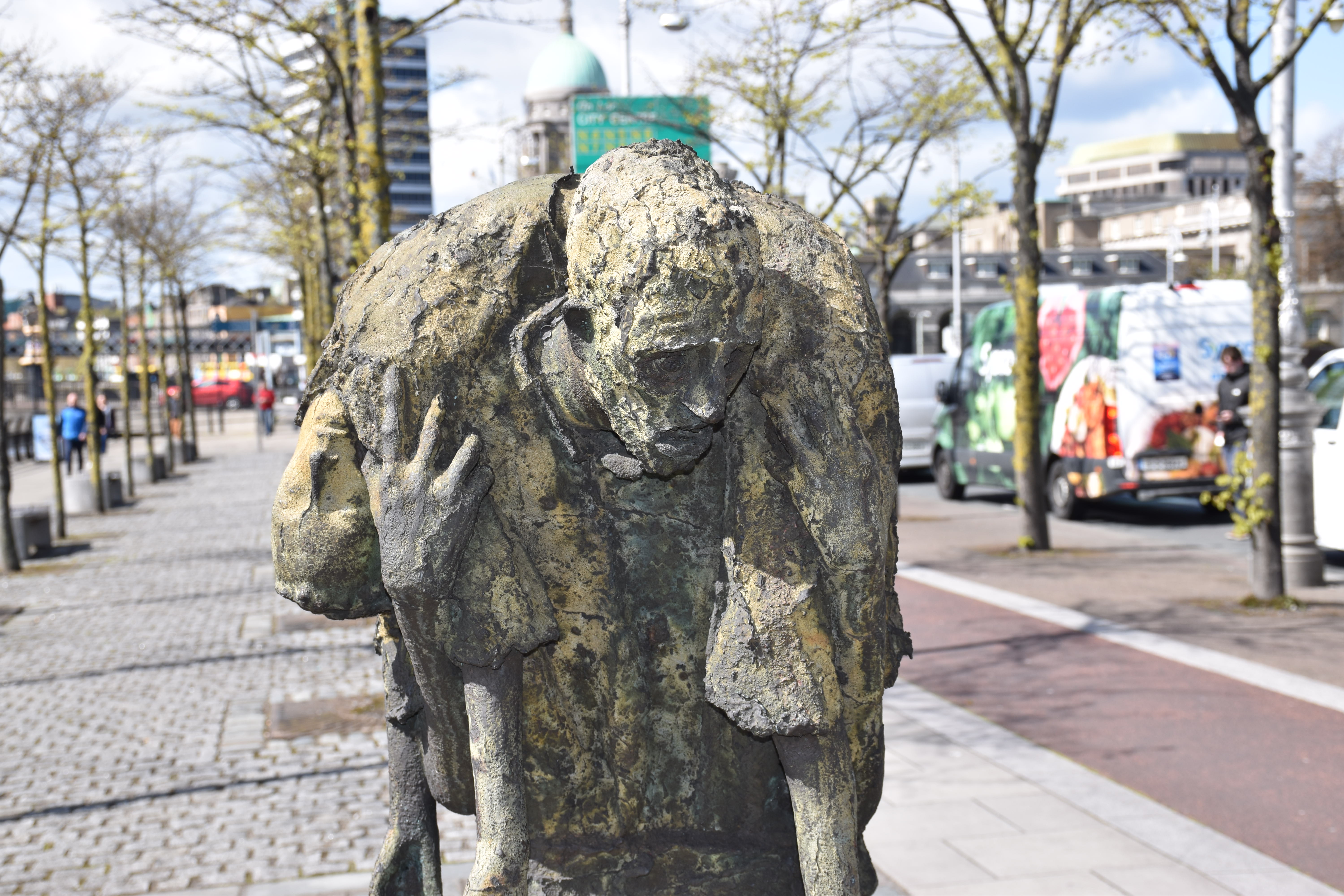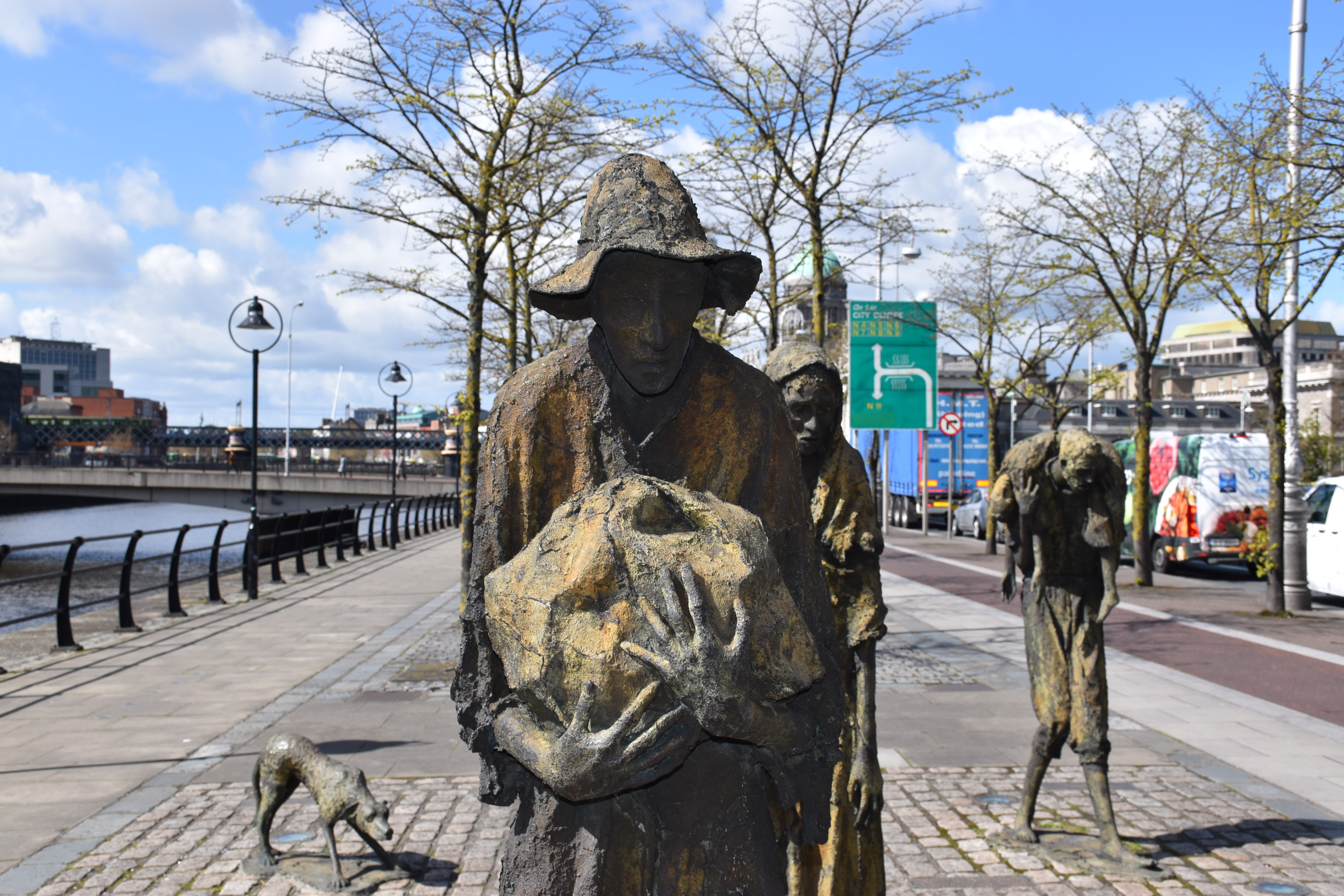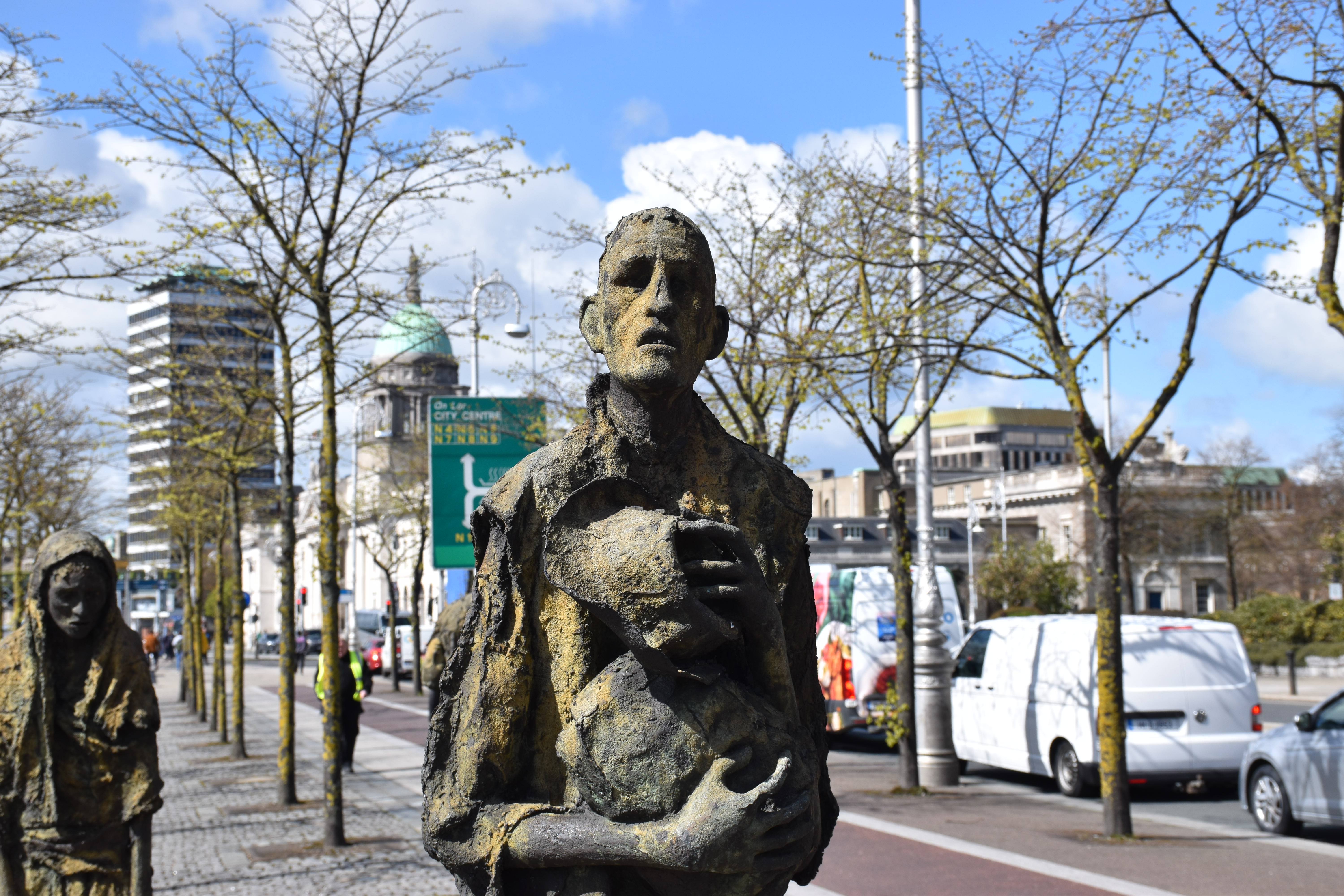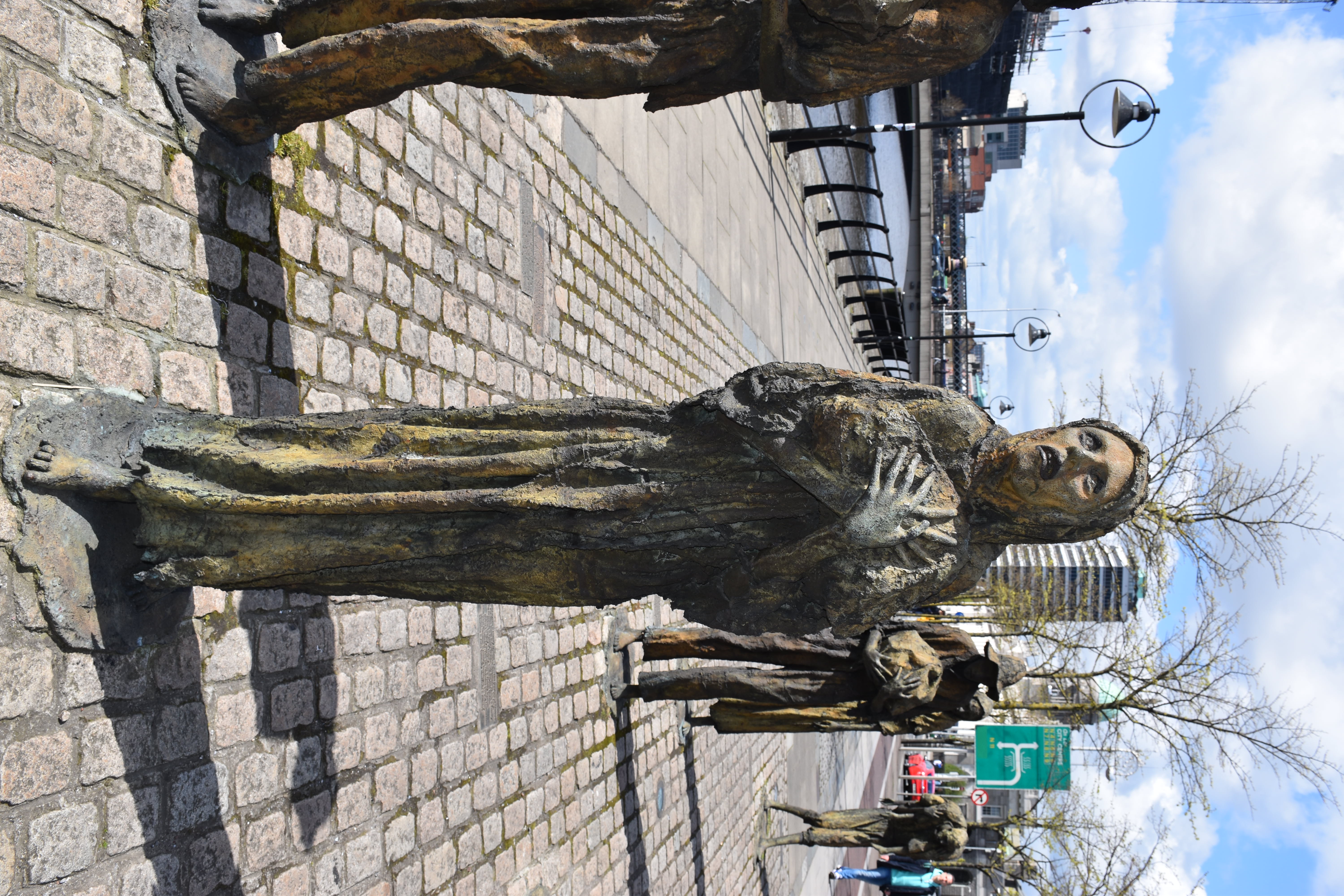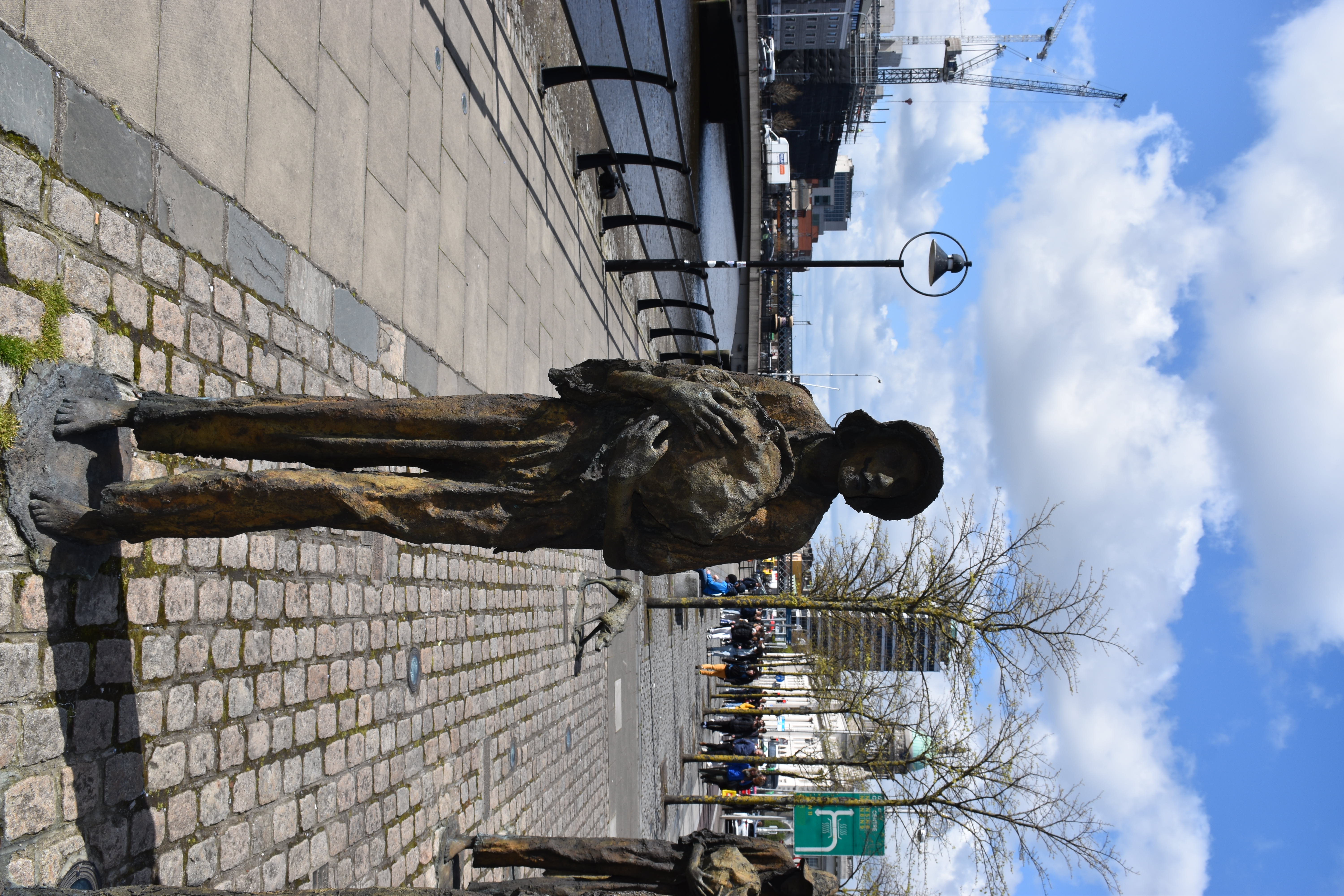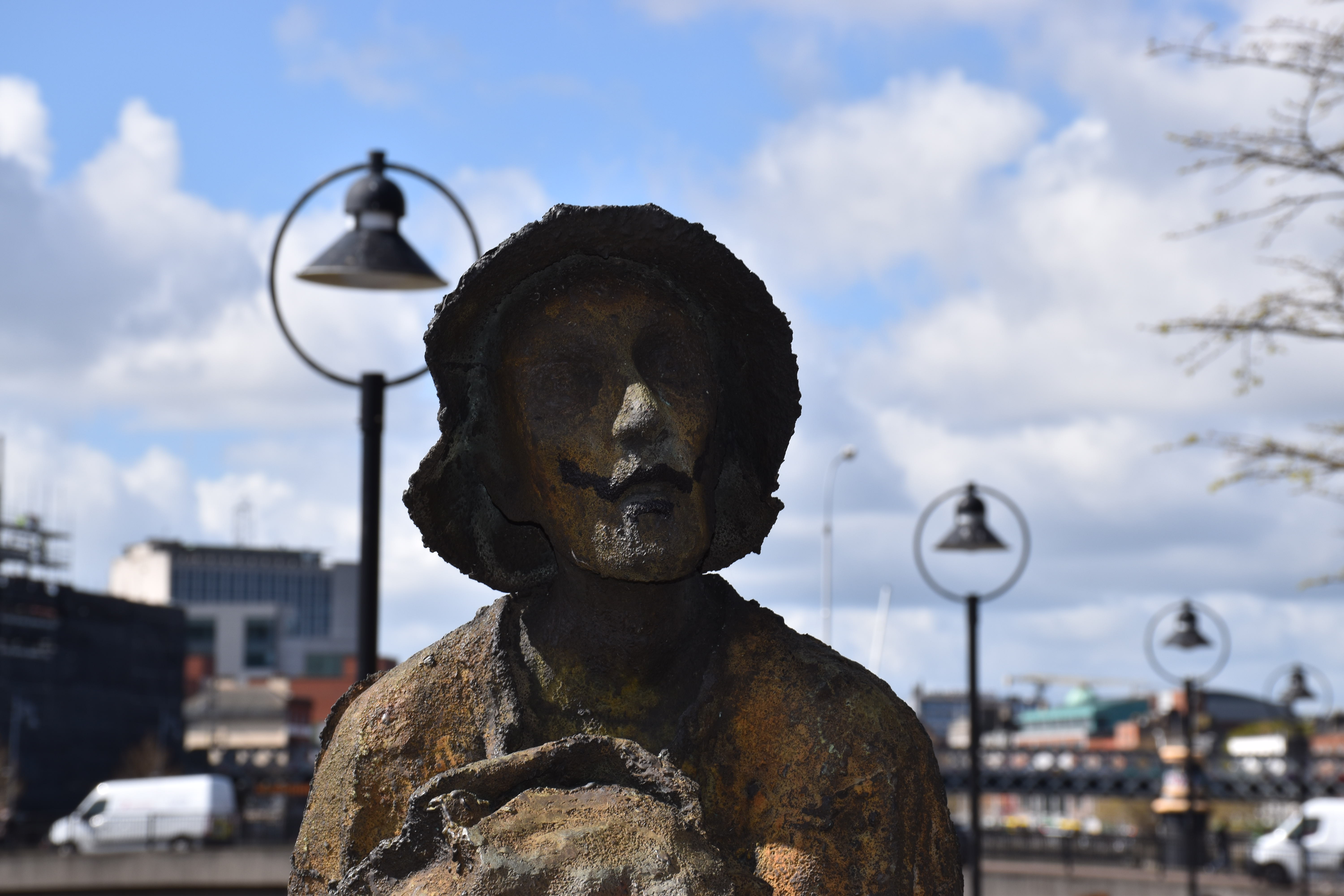The Irish Famine
Between 1845 and 1850Audio
Video
Gallery
- The Irish Famine, also known as the Great Hunger, was a period of mass starvation, disease, and emigration in Irish between 1845 and 1850,
- In the autumn of 1845, potato plants throughout Irish began to turn black and rotten. The following year, and for the next three years, potato crop failure was even worse. Crop failure is inconvenient, but it has had devastating consequences for the Irish. These years became known in Irish as An Gorta Mór, or "the Great Hunger."
- Late blight, a disease that destroys both the leaves and the edible roots of the potato plant, ruined Irish's potato crop from 1845 to 1849. Potato farming was the primary source of food and income for many Irish peasants. They had little food to eat and no money to pay their rent without the potato, so many of the Irish poor were hungry and homeless.
- Famine spread throughout Irish, and the Irish people suffered greatly during this period. Many people died as a result of starvation. Soup kitchens distributed rations, and cornmeal was imported, but this was insufficient to prevent malnutrition. People who were weak from hunger were unable to fight disease, resulting in more deaths. Families could rarely afford coffins for those who died.
- Relief came gradually. Irish was ruled by Britain, and for the majority of the famine, Britain was led by a prime minister who believed that the government should intervene in the economy as little as possible. As a result, relief efforts fell primarily on the shoulders of the people. Irish landowners initially assisted their tenants, but without rent, they could not do so for long .
- Private groups from other countries were moved by the plight of Irish's starving people and attempted to assist. England, India, Australia, and the United States contributed relief funds. The Choctaw nation sent $170, which was a substantial sum at the time. The Choctaw were among the first American Indians to be forced to give up their land and relocate to Indian Territory. Despite having no family ties to Irish, the Choctaw people were aware of the Irish people's plight and wanted to assist.
- During the potato famine, one million Irish people died, accounting for nearly one-eighth of the country's population. This is more people than live in major American cities like Boston, San Francisco, and Washington, D.C.
- Many Irish people fled their homeland to avoid the famine, possibly as many as two million. This resulted in an increase in Irish populations in other countries, such as the United States. During the 1840s, nearly half of all immigrants to the United States were Irish. Approximately 15% of Americans today have Irish ancestors.
- In the decades following the famine, Irish's population continued to decline. Irish's population was barely half of what it had been before the famine by 1921, the year of the country's independence.
- Source ((Irish Famine: Irish famine fact book, by John Keating)).
- Source ((The Irish Potato Famine an expert guide, by Clare Kilbane)).
Location
Contacts
Custom House Quay, North Dock, Dublin
Phone: No Phone



